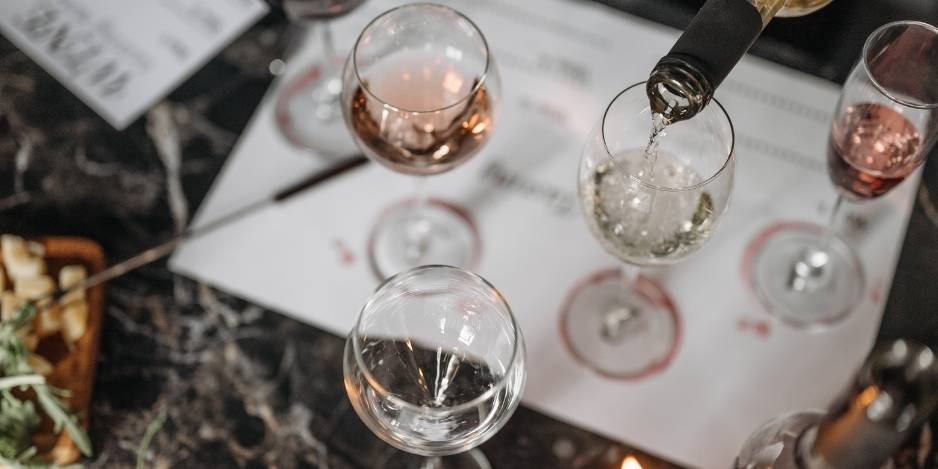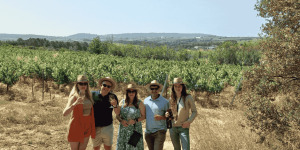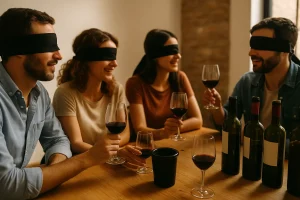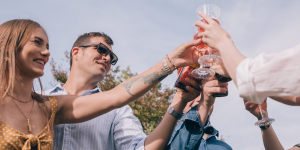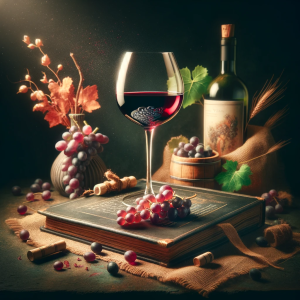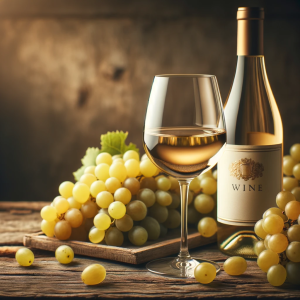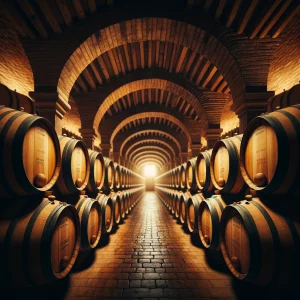Wine is an invitation to travel without moving: it speaks of the land, the people who craft it, and the stories around it. Tasting like a professional isn’t about memorising jargon, but about learning to observe, smell, and sip with intention.
At Taca de Vi we’ve spent years organising tastings and wine experiences for companies and private groups in Barcelona, Madrid, Bilbao, Priorat, Penedès, and wherever our clients ask us to go. Our goal is always the same: to bring wine culture closer in a professional, enjoyable, and approachable way.
Today we’re sharing a simple guide in 7 steps to help you enjoy every glass more deeply.
1. Choose the right glass
The first tool to enjoy a wine as it deserves is the glass. It may seem like a simple container, but it’s actually the stage where the wine performs. The very same wine served in a fine, wide crystal glass can feel elegant and aromatic, while in a small or thick glass it can come across as muted and lifeless. Shape, size, and glass thickness completely change your perception.
At our events, guests are often surprised to see how the same wine changes radically depending on the glass. A red poured into a glass that’s too narrow loses intensity, while a white in an overly large glass can lose freshness too quickly.
Basic recommendations:
Reds: wide bowls with an open rim to help oxygenation and release complex aromas.
Whites and rosés: more slender glasses that preserve temperature and concentrate freshness.
Sparkling wines: flute or tulip glasses designed to enhance bubbles and guide aromas to the nose.
Glassware also has an emotional and protocol element. At corporate events, uniform, elegant glasses convey professionalism and attention to detail. In a private tasting, having different glass types lets you play with comparisons and discover in real time how a wine changes depending on the glass.
In short, the glass is not just any accessory: it’s the first step to tasting like a pro. Choosing it well gives the wine the chance to show its full splendour.
2. Look at the colour
Before you drink, look at the wine. Its hue reveals a lot about age and evolution:
Young reds → purple hues.
Aged reds → ruby or garnet.
Young whites → pale yellow with greenish highlights.
Aged whites → golden or amber.
Tilting the glass over a white background helps you see clarity and intensity better. Observing is like opening the first page of a book: you can already sense the story to come.
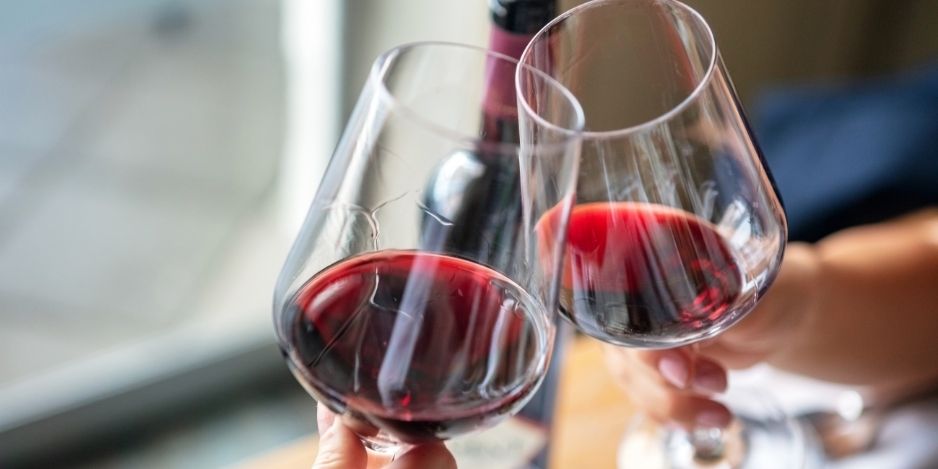
3. Swirl and smell
Wine needs air to express itself. By gently swirling the glass, it wakes up and starts telling its story. That’s when we enter the olfactory phase—perhaps the most evocative of all. A good wine isn’t just drunk: it’s smelled, interpreted, and remembered.
Aromas fall into three broad families:
Primary, coming directly from the grape: red fruits in a young red, citrus notes in a fresh white, floral or herbal hints that evoke the vineyard in spring.
Secondary, developed during fermentation: freshly baked bread, a lactic touch, the yeasty sensation in sparkling wines.
Tertiary, the most complex, born of ageing: cocoa, coffee, tobacco, leather, sweet spices, or subtle smoke that only time reveals.
In our private tastings with a sommelier we often compare these aromas to everyday experiences, so anyone can identify them. Wine isn’t an exam—it’s olfactory memory.
4. The first sip
That initial moment—the “attack”—is the first impression on the palate. It can be fresh, sweet, acidic, powerful, or light. The key is not to swallow at once, but to let the wine travel slowly through your mouth.
At the corporate wine events we organise, this moment often breaks the ice: everyone perceives different sensations and conversation flows naturally.
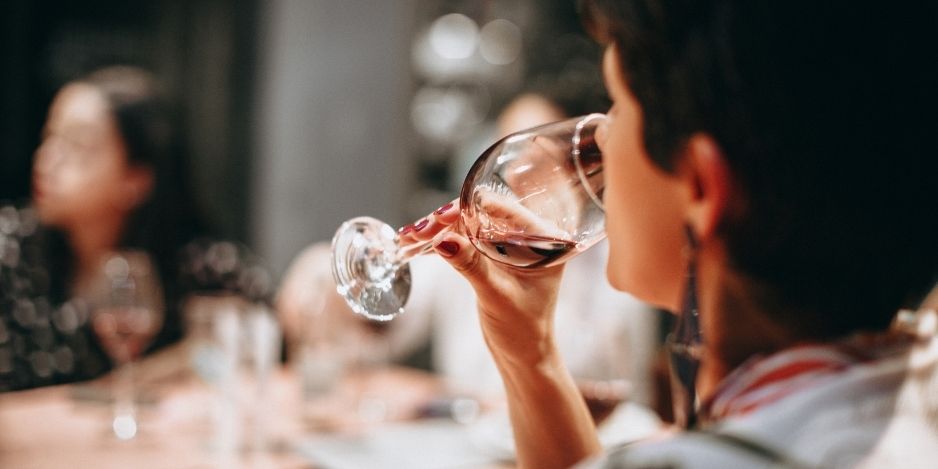
5. Body and texture
It’s not all about aroma or flavour: how the wine feels physically in your mouth matters too. That’s what we call body—the sense of weight and volume that wraps around the palate.
Light-bodied wines are fresh and easy to drink—ideal for an aperitif or a light meal.
Medium-bodied wines are usually balanced and versatile—the crowd-pleasers at the table, pairing naturally with different dishes.
Full-bodied wines are intense and structured, with marked tannins that fill the mouth and demand attention.
Then there’s texture: a wine can be silky like velvet, creamy like a well-bound sauce, or rough like a nut’s skin. These nuances—tricky at first—reveal themselves with practice and often deliver real surprises.
6. The lingering finish
A good wine doesn’t end when you swallow—it lives on in the memory it leaves. If it lasts more than a few seconds, we talk about length. And if aromas return as you exhale, that’s the aftertaste. It’s in this echo that many wines reveal their complexity.
This step is one of the most exciting during our wine routes through Priorat and Penedès, where, after visiting a winery and tasting its wines, guests truly grasp the magic of persistence.
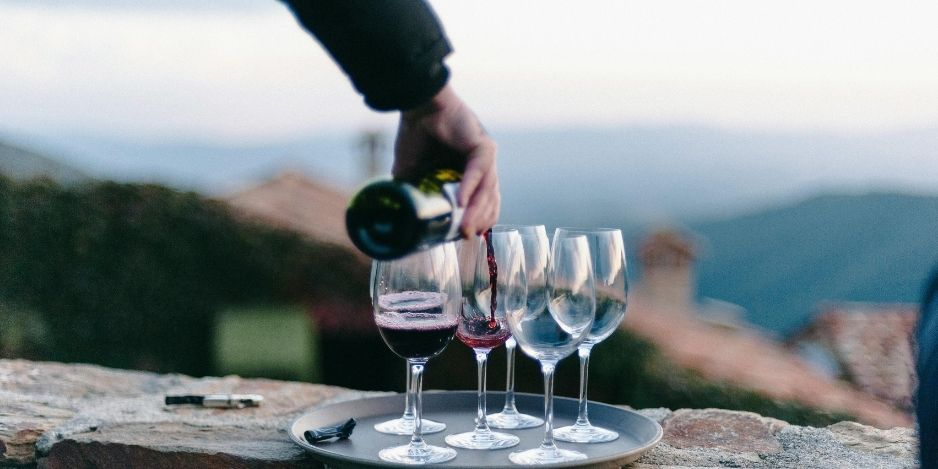
7. Share what you feel
A tasting is complete when you put what you’ve perceived into words. Wine tasting isn’t a solitary act but a dialogue. By sharing sensations, we uncover nuances that would otherwise go unnoticed.
At Taca de Vi we believe wine is connection. That’s why, more than technical lessons, our experiences are meeting places to learn, enjoy, and raise a glass together.
Tasting wine with Taca de Vi
These seven steps are a first approach to enjoying wine with a professional eye. But if you want to take it further, nothing beats doing it with experts by your side.
At Taca de Vi we design tailor-made experiences:
Corporate tastings for team building and company celebrations.
Private in-home tastings in homes, wineries, or exclusive venues.
Private wine tours from Barcelona to regions like Priorat, Penedès, or La Rioja.
Wherever you want to enjoy wine, we’ll come to you to turn every glass into a unique experience.
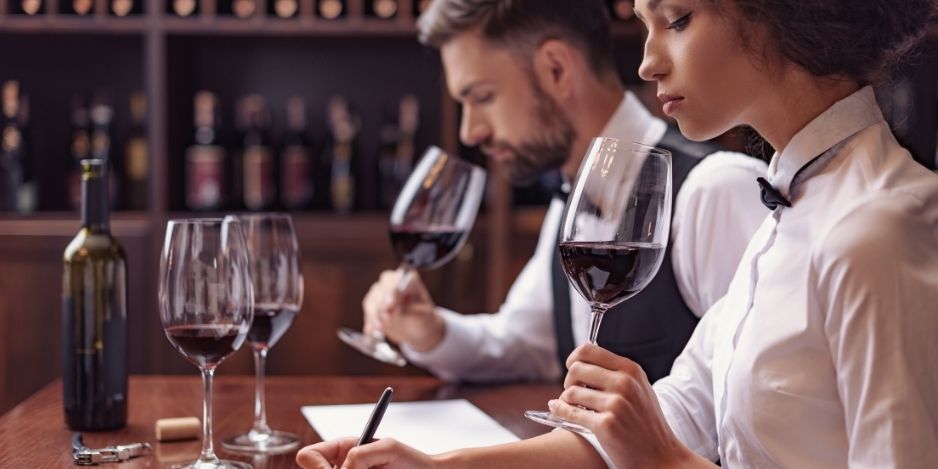
Tasting like a professional is not just technique but attitude: observe, listen to what the glass says, and share it with others. The steps above are the foundation, but what truly makes the difference is context and company.
And that’s what we aim for at Taca de Vi: for every experience—whether for a work team or a group of friends—to leave a mark beyond the toast.
👉 Want to experience it first-hand? Write to us!
